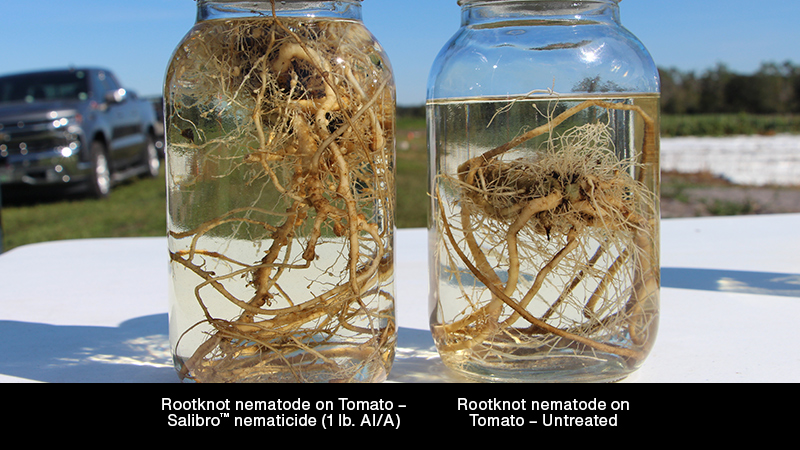Farmers’ Markets Poised to Lose Food Stamp Customers
 Thousands of farmers markets currently accepting food stamps (officially called Supplemental Nutrition Assistance Program, or SNAP for short) may not be able to do so starting July 31, according to a report by Market Watch. That’s because a federal contract with Novo Dia Group ends on that date, and the new company USDA hired does not offer smartphone processing apps.
Thousands of farmers markets currently accepting food stamps (officially called Supplemental Nutrition Assistance Program, or SNAP for short) may not be able to do so starting July 31, according to a report by Market Watch. That’s because a federal contract with Novo Dia Group ends on that date, and the new company USDA hired does not offer smartphone processing apps.
Novo Dia Group has provided a service for the smartphone app that allows farmers’ market vendors to process the Electronic Benefits Transfer (EBT) used with SNAP, for the past several years.
The announcement is roiling farmers’ markets and politicians. New York Gov. Andrew Cuomo, wrote an open letter to Ag Secretary Sonny Perdue, expressing how vital he believes the service is to his state.
“The state has been supporting the implementation and use of Electronic Benefits Transfer (EBT) for SNAP recipients at our farmers’ markets since 2002. Last year, New York last year processed $3.4 million through 221,051 transactions at 243 sites, providing healthy, nutritious food to nearly 60,000 New York households,” he says.
He also calls USDA allowing the service to falter “reckless” and “devastating” to families who depend on farmers market for fresh produce.
It’s not clear why Novo Dia Group is dropping out. A USDA’s statement mentions: “a major provider of mobile EBT technology for farmers’ markets and farm stands that it will discontinue this service.” Gov. Cuomo’s letter says USDA sent him a notice the company was closing.
When wireless services will be restored is still unclear. USDA says its new contractor as of March, Financial Transaction Management (FTM), is required to “begin processing applications for wireless equipment from new markets and farmers this month.”
There are currently no estimates for how long applications will take and when the services will be available.
The most recent contract was awarded to FTM in March, and they are required to begin processing applications for wireless equipment from new markets and farmers this month.
Burden to Fall to States?
Even as it urges farm marketers to begin applying to FTM (yet, without any instruction on how to contact the company, which appears to not have a website), USDA is pointing out the responsibility lies with state governements.
“When the funding became available in 2012, FNS [USDA’s Food and Nutrition Services] provided the funding to states as grants to provide wireless EBT equipment to eligible markets and farmers, but found states were not using the funding, though it was available for up to 5 years,” USDA’s statement read. “Because of lack of interest from the states, FNS opted to provide wireless equipment grants directly to markets and farmers beginning in 2013.”
In the same statment, USDA says while states are required to provide a no-cost option for farmers’ markets to accept SNAP, the law does not specify that those options be wireless.
“If state options are not feasible for a particular market, impacted markets and farmers may opt to seek their own wireless point-of-sale equipment or accept payment from SNAP participants by using paper vouchers,” USDA’s statement reads.
Paper transactions may be farm marketers’ only option.









